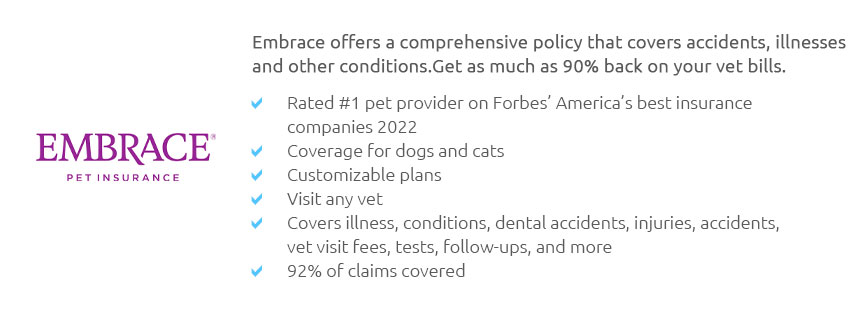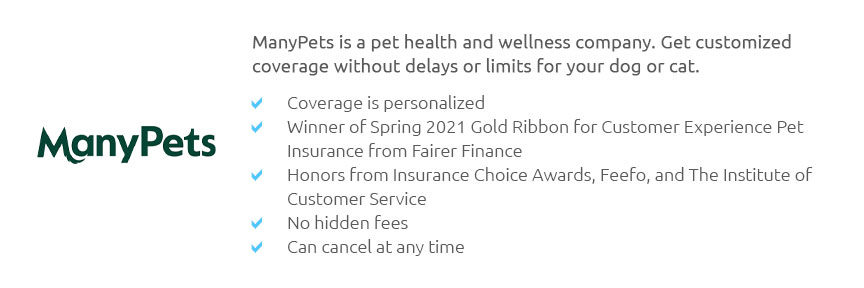 |
 |
 |
 |
 |
 |
|
 |
|
 |
|
 |
|
 |
|
 |
 |
 |
 |
 |
 |
 |
 |
Exploring the Cheapest Pet Insurance: A Comprehensive GuideWhen it comes to ensuring the health and well-being of our beloved furry companions, pet insurance has become an increasingly popular choice among pet owners. However, navigating the realm of pet insurance can be a daunting task, especially when trying to find the most economical option. Understanding the nuances of what constitutes 'cheap' pet insurance is essential to making a wise decision that balances affordability with adequate coverage. Understanding Pet Insurance: At its core, pet insurance is designed to cover the costs associated with veterinary care, helping pet owners manage expenses that can arise from accidents, illnesses, or routine care. While the concept might sound straightforward, the reality is a complex tapestry of coverage options, exclusions, and pricing tiers. It is crucial to delve deep into the specifics of each policy to ensure that what appears to be a bargain doesn't turn into a financial burden. Factors Influencing Cost: When searching for the cheapest pet insurance, several factors come into play.
Evaluating the Cheapest Options: While the allure of low-cost pet insurance is tempting, it’s important to scrutinize what you're actually getting for your money. Some of the cheapest policies may offer minimal coverage, leaving pet owners vulnerable to high out-of-pocket costs during emergencies. In some cases, a slightly higher premium may provide significantly better coverage and peace of mind. As with many financial decisions, the cheapest option isn’t always the best one. Recommendations for Pet Owners: To navigate the myriad of choices, pet owners should start by assessing their pet’s specific needs and risk factors.
In conclusion, while finding the cheapest pet insurance is an admirable goal, it's imperative to balance cost with the level of protection offered. Being informed and diligent in your research will not only save money in the long run but also ensure that your pet receives the best possible care when it’s needed most. https://www.pawlicy.com/blog/cheap-dog-insurance/
In this post, we'll offer valuable advice to help you find cheap dog insurance, so you can sign up for a plan that provides incredible coverage at an ... https://www.thezebra.com/pet-insurance/
The Zebra's insurance experts outline how to compare pet insurance quotes and coverage types so you can choose a policy that suits you and your pet's unique ... https://getodie.com/
Odie offers pet insurance & wellness plans starting at $7.99/mo for cats and $9.99/mo for dogs! Enroll now and receive 24/7 vet chat access.
|